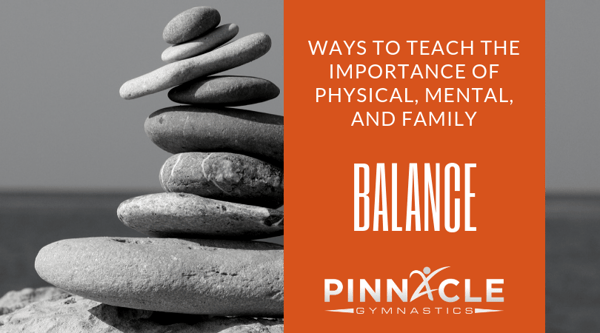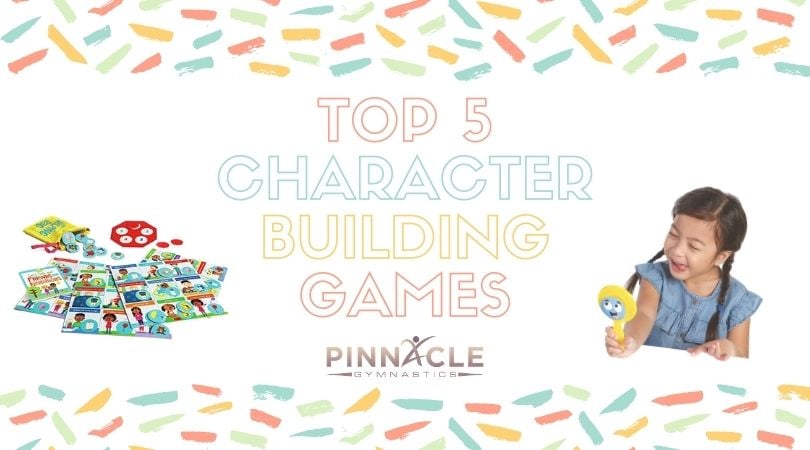Simple Ways to Teach Kids About Balance
Helping your children understand the importance of balance and moderation in every day life is an ongoing task. However using these simple tips will help you explain the concept of different elements being in the correct proportion: whether it has to do with balancing on one leg or spending adequate time between school, sports, and home life.
1. Play games that help visualize balance
- Jenga
- Topple
- Suspend
- Who Shook Hook?
These games involve the ability to visually scan the playing surface and determine where to place pieces (or remove them) to maintain balance. Having conversations about the physics creating the balanced masterpiece can help children tie the conceptual to the physical through visual elements. Teaching children that too much in any one area can cause a board to topple, just as too little can create imbalance and collapse.
2. Bake with your child.
Following a recipe with your child opens the door to the discussion of what would happen if you used too much or too little of any one ingredient. Compare the ingredients to things in their everyday lives such as sleep, sweet drinks, or sports. Teaching them that what is most important is to consume each portion in moderation allowing for the body and mind to remain balanced. It is not about eliminating any one part of life or any one food group, but instead finding an equilibrium that creates the perfect recipe.

Take it one step further and cook a meal with your child. This will allow you to discuss food groups, nutritional value of certain foods, and how important it is to eat at least some of each part of the meal.
3. Engage in physical play that requires balance
- Airplane game
- Teeter totter
- Sturdy birdie
- Twister
All of these activities and games require the participants to physically balance their bodies in an effort not to fall over. When you place a child on your feet and lift them over your hips, you can find the perfect balance and then create variations such as letting go of one hand to simulate how to find a new center of balance when one variable changes.
Teaching balance and moderation to kids through mental, physical, individual, and guided methods will immerse them in a learning environment that fosters the importance of the lesson at hand. Whether your child is 2 or 12, teaching them about the importance of maintaining proper balance through nutrition, sleep, school, sports, and home life will set them up for future success.





